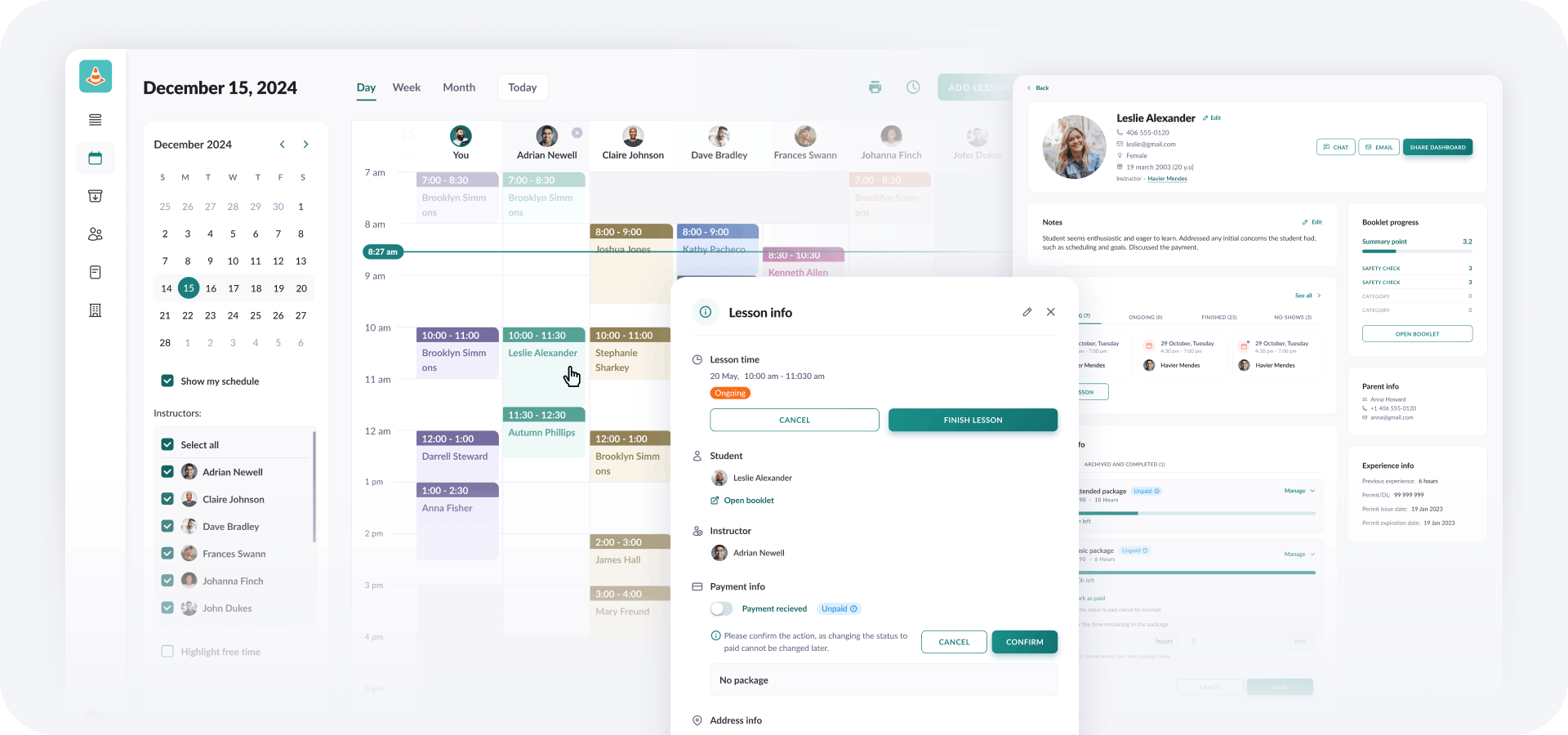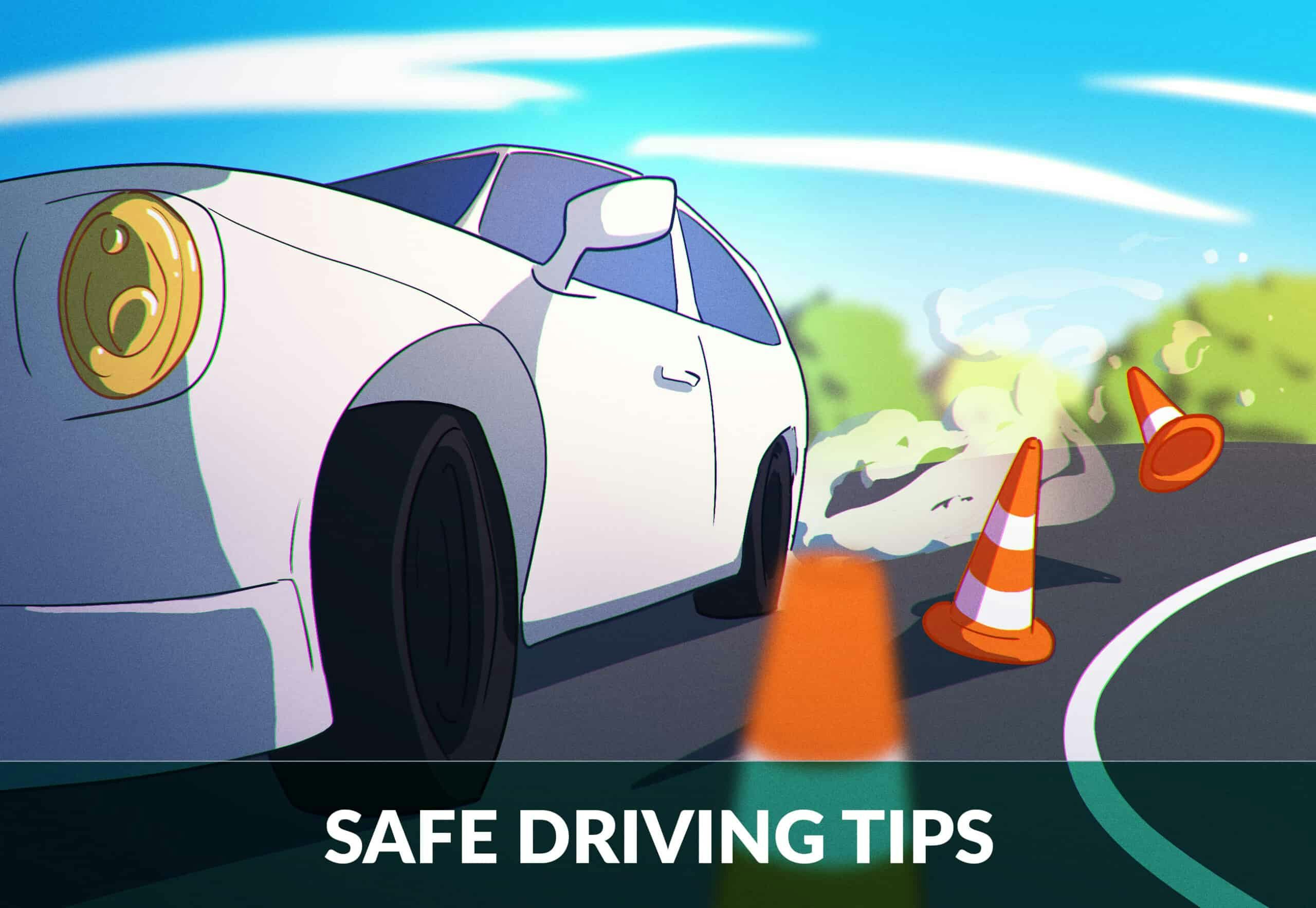
Expert Tips to Remain a Safe Driver Your Entire Driving Career
Whether you work as a commercial driver or commute to work every day, the average American drives roughly 14,000 miles per year, or just under 40 miles a day.
With so many hours on the road, drivers are easily convinced that experience equals expertise. While experience is essential, most drivers don’t remember the important driving information they learned in high school. Below, you’ll find a number of tips to keep you driving safely even after you’re finished with driving tests.
1. Drive Legally
Make sure your license is valid. Renew it when necessary and transfer it within the required time period when you move to another state.
Keep up-to-date on your state’s insurance and registration policies. This keeps things simple in case of an accident and helps cover associated costs. Plus, penalties are heavy if you’re pulled over without a valid license, vehicle registration, and insurance.
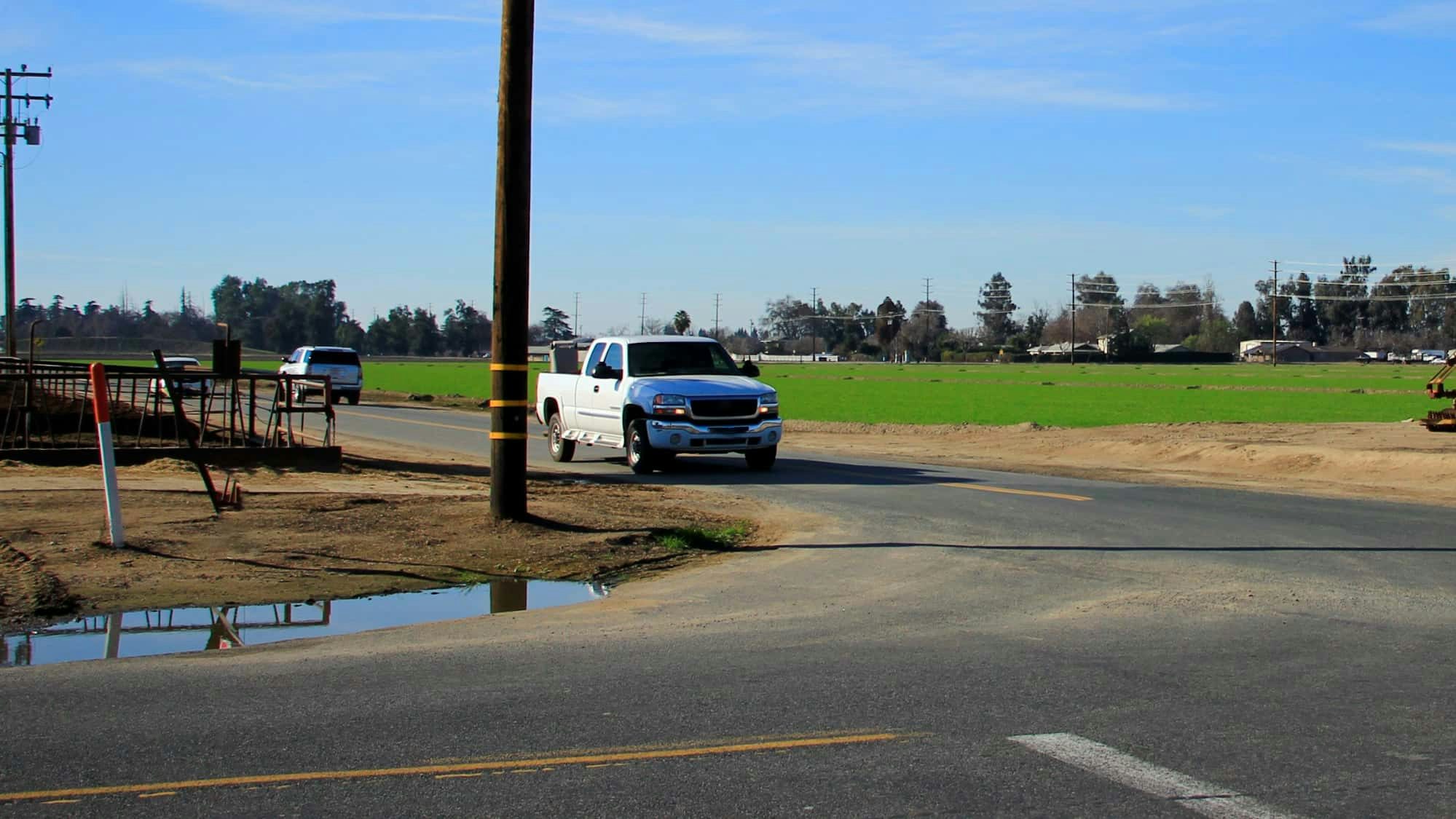
2. Review Traffic Laws in Your State
It’s a good idea to review traffic laws each year to refresh your memory and learn any new information. Most states regularly update their driver’s handbooks, and these manuals are great resources. Additionally, study programs like those offered by Zutobi aren’t just for teenagers – they can be great tools for relearning forgotten information.
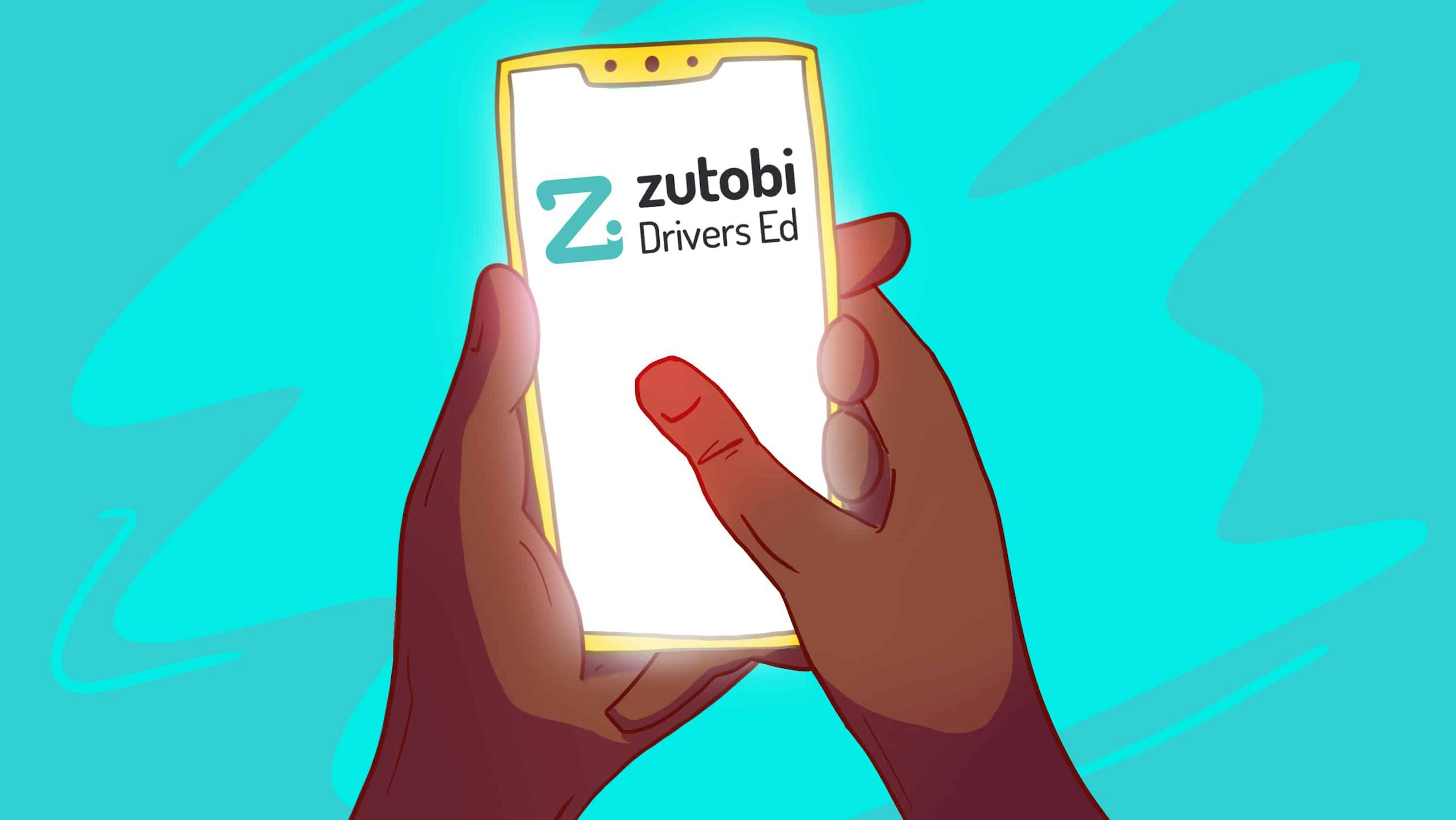
3. Obey Traffic Signs and Signals
This seems like a no-brainer, but pay attention to and obey street lights and traffic signs. Make complete stops, follow speed limits, and watch out for other warning signs.
4. Keep Your Vehicle in Good Condition
Your vehicle’s condition is a fundamental component of safe driving. You could be the safest, most aware driver in the world, but without a safe vehicle, you’re still putting yourself, your passengers, and other road users at risk.
- Regularly have your vehicle serviced. Some maintenance tasks, such as oil changes, need to be periodically completed. It’s also a good idea to have a professional look at your vehicle every few months to make sure everything is working well.
- Have warning lights checked. If dashboard warning lights (such as the check engine light) turn on, have your vehicle checked as soon as possible.
- Keep an eye on your vehicle lights. Especially if you drive mostly during daylight hours, it can be hard to be sure if your vehicle lights (headlights, brake lights, tail lights, turn signals, and license plate lights) are working, but try to check them every few months. You’ll also want to make sure that light covers aren’t clouded, cracked, or missing.

5. Avoid Distractions
Everyone is told to avoid distractions, but many drivers continue to multitask while on the road. Whether it’s texting, doing makeup, or eating a snack, distractions are one of the most common reasons for vehicle accidents.
Even if you’re stopped at a red light or you’re making sure to look up at the road every few seconds, don’t be tempted by distractions; they’re not worth the risk.
6. Don’t Depend on Other Drivers
If you want to drive defensively, you can’t depend on other drivers.
- Always drive expecting others to make poor decisions, and have an escape route in case they do.
- A good rule of thumb is to stay at least three seconds behind other vehicles. You’ll also want to keep a space cushion around your vehicle’s rear and sides.
- Stay away from drivers who are speeding excessively, tailgating, weaving through traffic, switching lanes without signaling, or otherwise showing unsafe driving behavior.
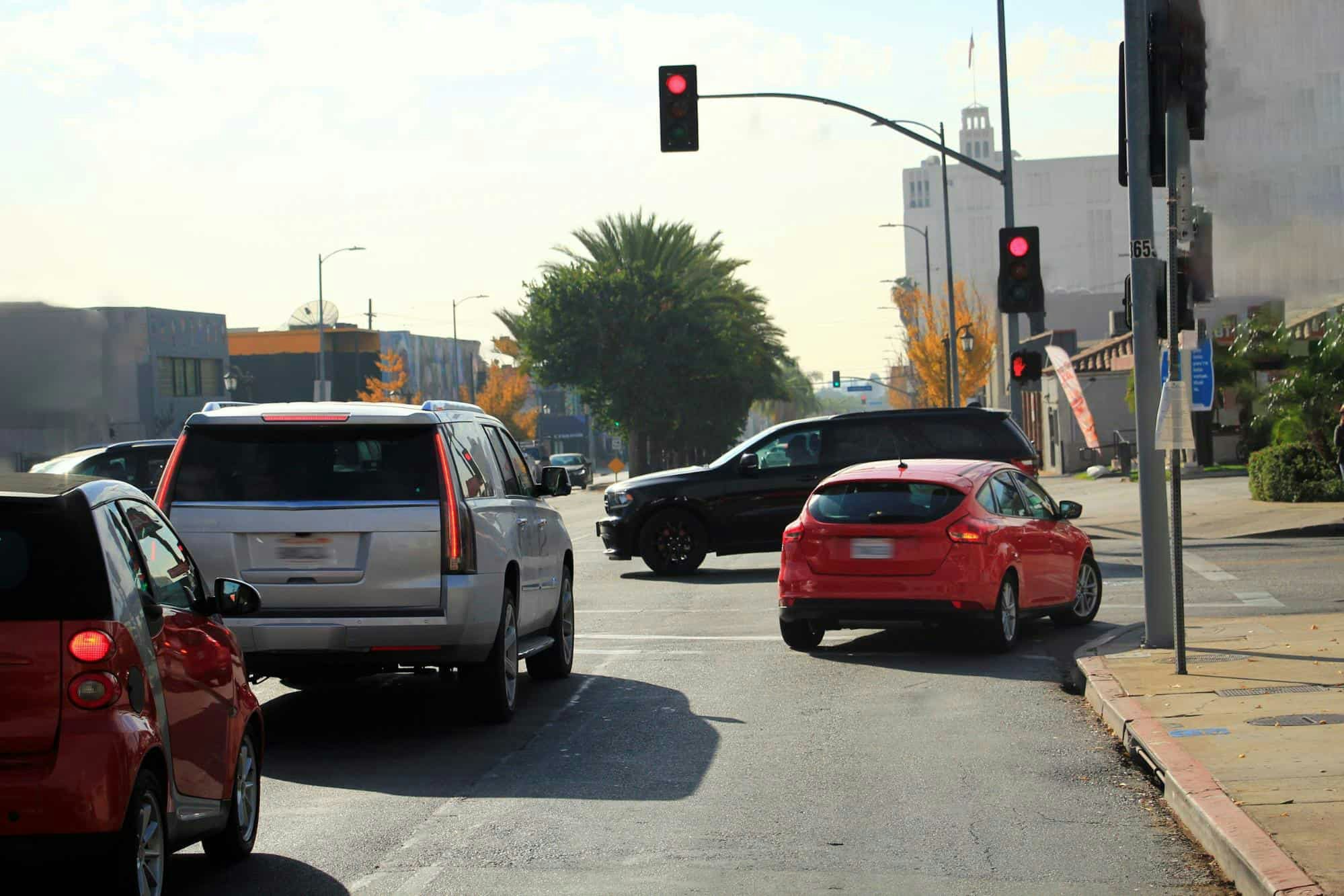
7. Maintain Visibility
Visibility, both for you and other drivers, is essential for safe driving.
- Mirrors are essential if you want to be aware of your surroundings. Adjust your mirrors (both your rearview mirror and side mirrors) before you pull out of the driveway.
- Keep your vehicle windows and windshield clear to improve visibility. Consider regular car washes and ensure that you have sufficient windshield wiper fluid.
- Make sure other drivers see you by keeping vehicle lights in good condition. Use high or low beams when appropriate.
- Stay out of other vehicles’ no-zones and blind spots as much as possible.
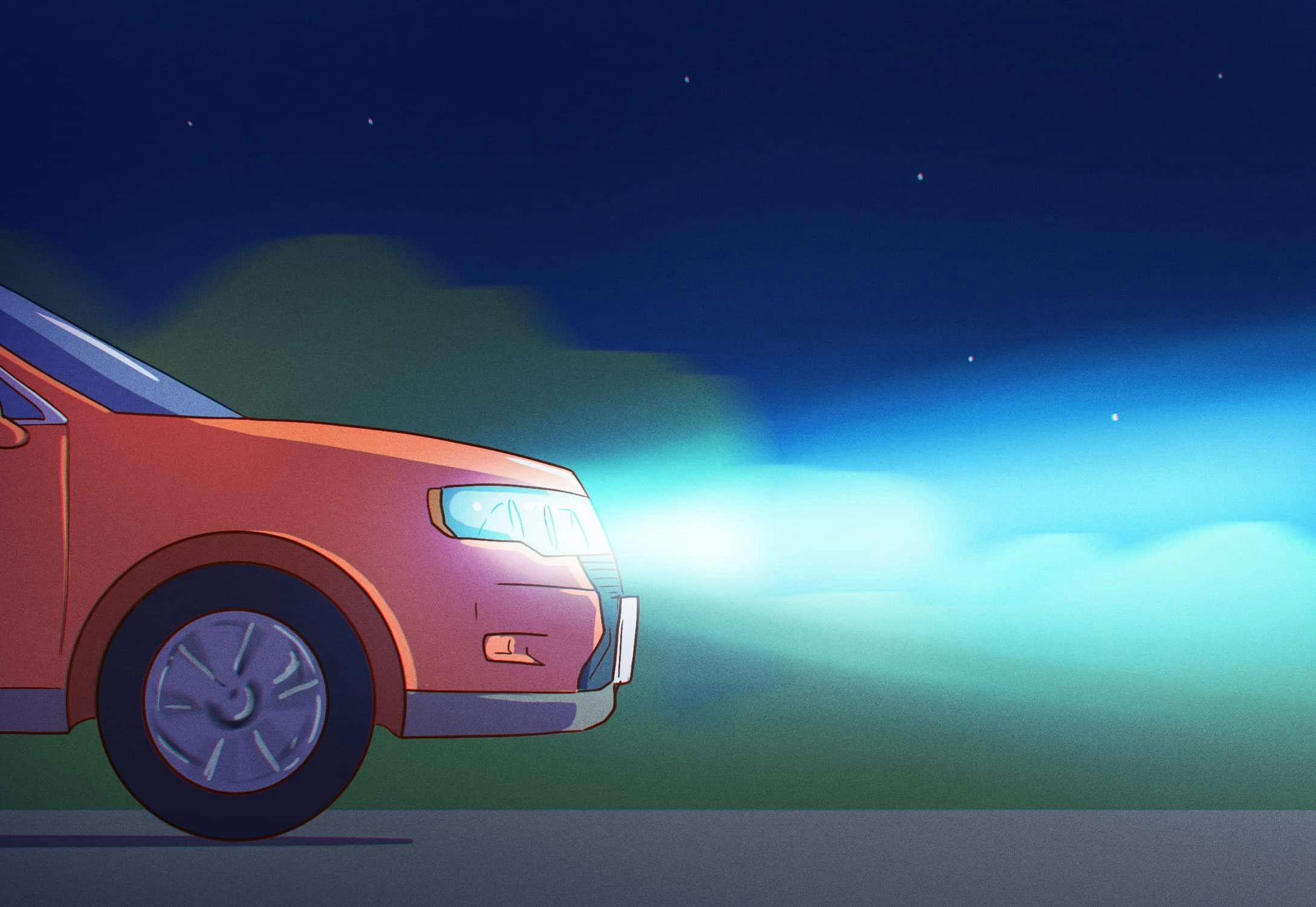
8. Wear Your Seat Belt
Safety belts and car seats are one of the best ways you can give yourself and your children the greatest chance of survival if you crash. Make wearing your seatbelt a habit and ensure that children are in the right car seat type for their age and size.
9. Compensate for Poor Weather Conditions
Weather affects road conditions more than most drivers realize. Most slow down when roads are icy, but rain and snow also reduce traction and wind can affect vehicle control.
When roads are in poor condition, avoid driving if possible. If you must drive, slow down, increase following distance, and focus on the road. Pull over for a while if conditions worsen too much.
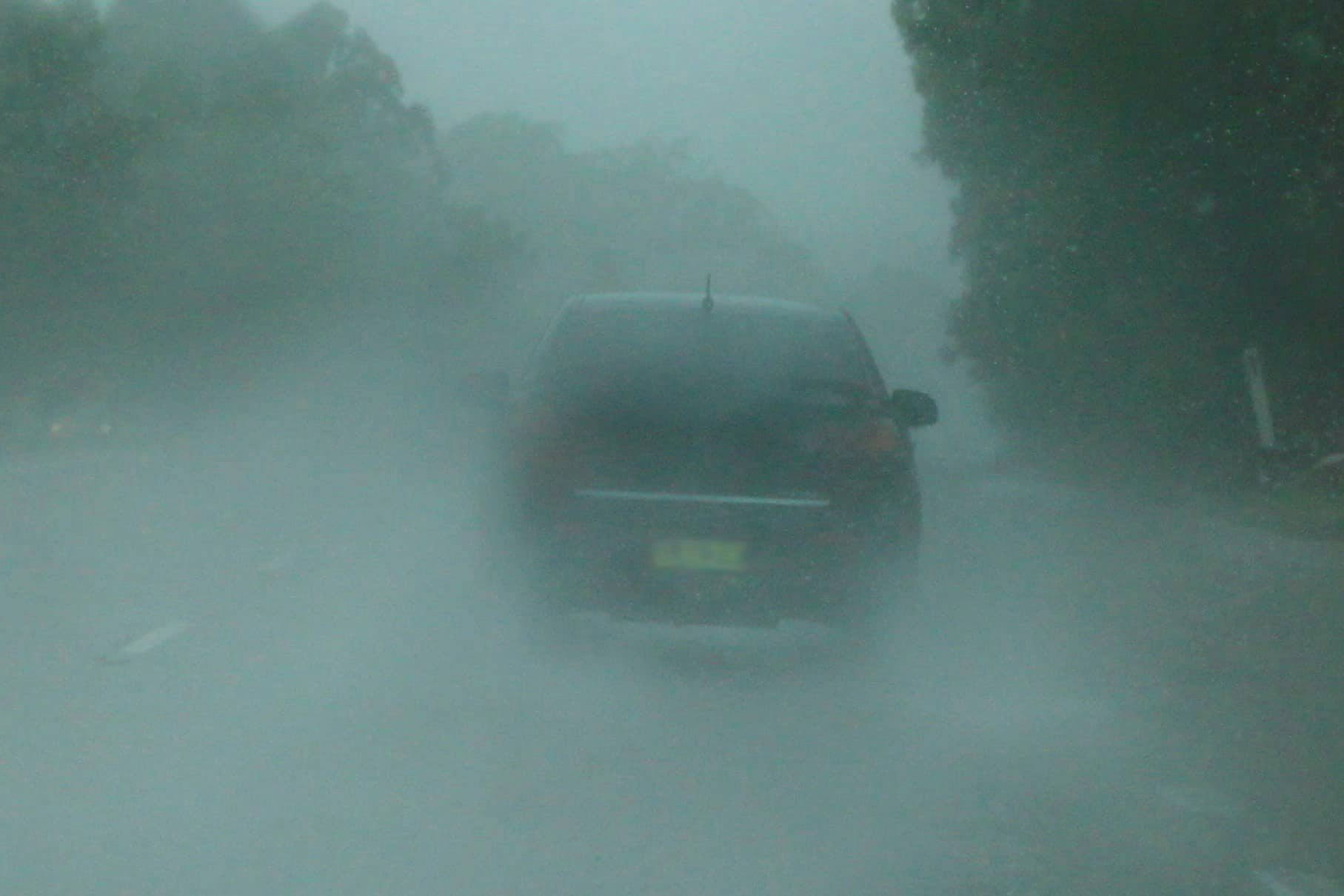
10. Don’t Drive When Tired, Drunk, or Irritated
It’s not a good idea to drive when you’re under the influence of alcohol – it’s against the law and it’s extremely dangerous. Driving when you’re drowsy is also not ideal as you won’t be nearly as focused or aware behind the wheel. Finally, if you’re upset about something, give yourself a little time to calm down before climbing into the driver’s seat.
11. Communicate With Other Drivers
Communication is key when you’re sharing the roadway with other users. Using your turn signals at the proper times (when turning, merging, or making a lane change) lets other drivers know where you intend to go. Brake lights warn them of slower traffic up ahead. If necessary, flash your high beams or wave other drivers/bikers/pedestrians across.

550+ exam-like questions
All you need to ace your test
Perfect for first-timers, renewals and senior citizens
Recommended articles
Ace your DMV test, guaranteed
Want to Be the Top School in Your Area?
- Simple & automated admin
- More time for teaching
- #1 learning materials for students

